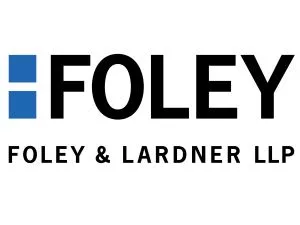Drug development can be slow, costly, and risky, often taking more than a decade and billions of dollars to bring a single therapy to the market. Drug repurposing offers a faster, lower-risk path to new therapies by leveraging the established safety and efficacy profiles of existing drugs. Nevertheless, many repurposing programs fail due to low clinical efficacy or unexpected toxicities, and the process often remains labor-intensive and time-consuming. A recent review by Wan et al. in Advanced Science explains different approaches for using artificial intelligence (AI) to accelerate drug repurposing and overcome some of the main challenges of this process. While this scientific progress is crucial, repurposed drug candidates must also overcome significant regulatory and patent challenges for successful commercialization.
Wan et al. emphasize that AI can leverage large-scale biological and clinical datasets to identify new therapeutic uses for existing drugs. By integrating various data types, like transcriptomic and proteomic profiles, drug-target interaction databases, and real-world evidence from electronic health records, AI models can evaluate drug candidates across a wide range of metrics. Drug repurposing pipelines based on such AI models can reveal hidden on- or off-target effects and predict novel drug–disease associations to dramatically accelerate the search for viable candidates. Key obstacles to the commercial success of AI-enabled repurposing of drugs include data reliability, clinical validation, and regulatory hurdles. However, recent developments suggest that AI is rapidly transforming drug repurposing from being dependent on serendipity into a systematic and data-driven discipline.
Repurposed drugs also face significant patent protection obstacles because their core molecules are already public. As I explored in a previous article on patent strategies for repurposed drugs, successful protection requires a multi-layered approach, including:
- Methods-of-use patents (covering new indications, dosing regimens and routes, and/or patient subpopulations)
- Formulation patents (extended-release, injectable depot, or novel delivery mechanisms)
- Combination patents (synergistic pairing with another therapeutic agent)
Strategic patent protection can transform repurposed drugs and associated innovations into valuable assets. Aligning AI innovation with a thoughtful IP strategy will not only safeguard value but also ensure that scientific breakthroughs in drug repurposing translate into market success.
Traditional drug development is a lengthy and expensive process, often taking over a decade and costing billions of dollars. In contrast, repurposing existing drugs that have already been approved for other uses can bypass several stages of the drug development pipeline, since the safety profiles of these drugs are already well-established. AI-driven virtual screening can evaluate millions of compounds in a fraction of the time, significantly accelerating the drug discovery timeline by reducing the need for extensive laboratory testing and focusing resources on the most promising candidates, which is crucial in responding to the most promising candidates, and streamlining the drug discovery process.
View referenced articleThe content of this article is intended to provide a general guide to the subject matter. Specialist advice should be sought about your specific circumstances.


